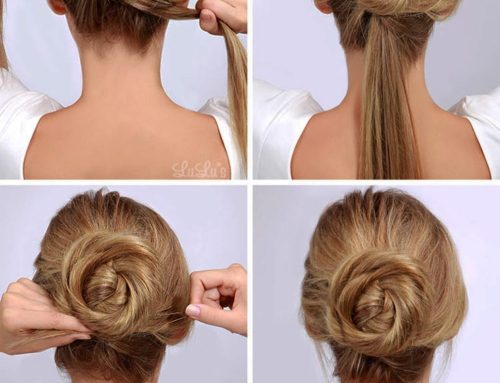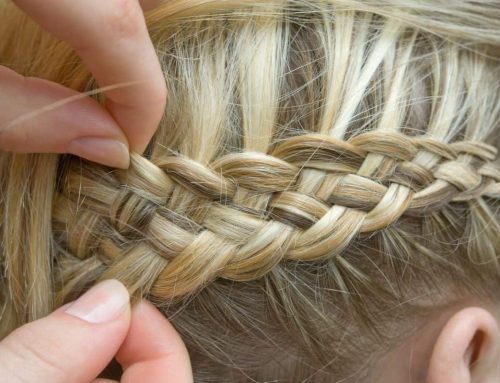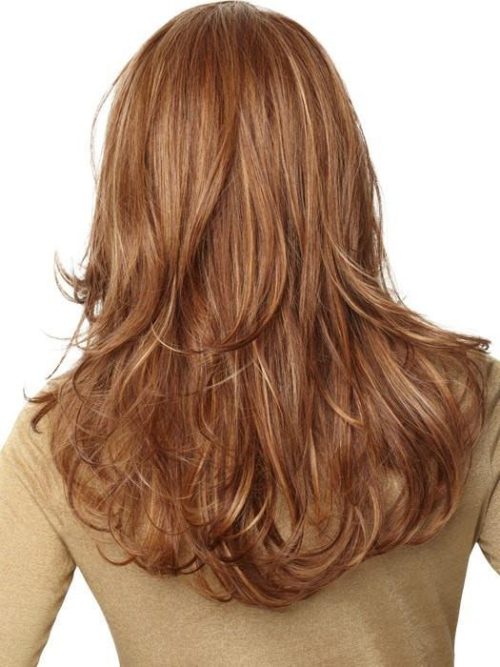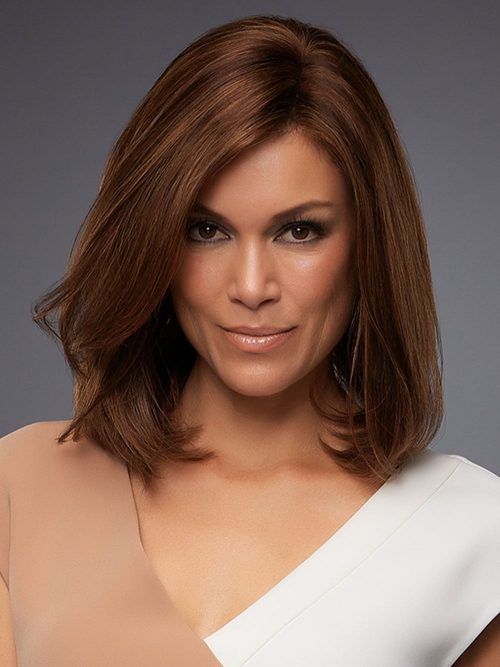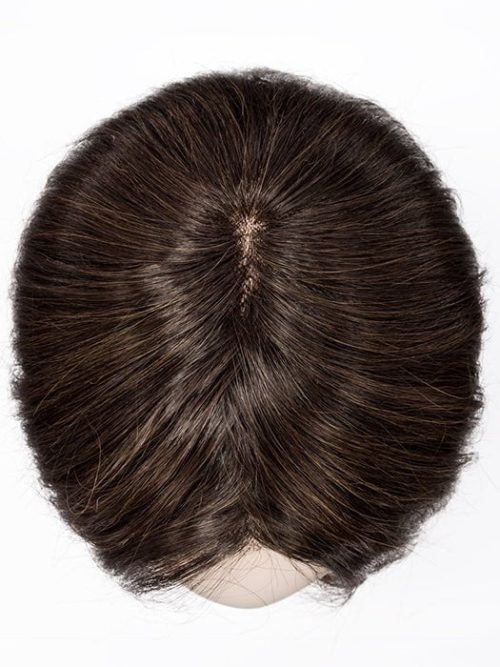The Art of Curling Wigs: A Guide by Erika Duncan
Introduction
Erika Duncan, a master in the realm of hair augmentation, shares her wisdom on curling wigs without harm. With over 16 years in the industry, she’s seen every wig disaster imaginable and has honed techniques to add life to any wig with curls that last. This guide is your ticket to reviving your wig, making it as vivacious and bouncy as it was the day you got it.

Curling a Wig with Sponge Rollers
Curling a wig starts with the basics: detangling. Londy insists on using a wig brush to prevent damage before you even begin. She walks through the process of sectioning the wig’s hair, rolling it tightly on sponge rollers, and securing them in place. But here’s a twist: Londy suggests using a light mist of water or wig-specific spray on each section before rolling to ensure the curls hold their shape longer.
Using a Curling Iron
Londy demystifies the process of using a curling iron on wigs. She warns against the high heat that can fry synthetic fibers or dry out natural hair wigs. Instead, she advises starting at a lower temperature, around 180 °F, and gradually increasing it if necessary, but never exceeding 300 °F for synthetic wigs. Londy shares a personal anecdote about a time she rescued a client’s wig from the brink of disaster by carefully curling it with just the right heat, demonstrating that patience and attention to detail are key. She emphasizes the importance of curling small sections at a time for a uniform look and suggests letting the curls cool on the mannequin head to set them perfectly.
In this guide, Londy doesn’t just teach you how to curl a wig; she invites you into her world of hair styling, where every wig gets a second chance to shine. Her narrative is peppered with tales from her salon, tips handed down from mentors, and tricks discovered through years of practice, making this guide not just a set of instructions, but a journey through the art of wig styling.

Mastering Wig Curls: Hot Water Rods and Flat Iron Methods
Using Hot Water and Rods
Curling wigs with hot water and rods is an age-old technique perfected by professionals like Erika Duncan. This method, ideal for synthetic wigs that can’t withstand direct heat, involves wrapping the wig hair around dowel or perm rods. But here’s a professional twist: Londy recommends using end papers on the ends of the hair to prevent frizz and ensure smooth curls. She details how to heat the water to just the right temperature—between 170 and 180°F—to avoid melting the fibers. Once the wig is wrapped and the rods are in place, Londy shares her secret: pour the hot water over the wig slowly and evenly, then let it sit until cool. This gradual cooling process helps set the curls without damaging the wig. She also introduces an anecdote about a time she saved a client’s favorite wig using this method, adding a personal touch to her expert advice.

Curling with a Flat Iron and Pins
Flat irons aren’t just for straightening; they can create fabulous curls, too, especially on human hair wigs. Londy explains how to properly straighten the wig first, creating a blank canvas for flawless curls. She emphasizes the importance of using a heat protectant spray to shield the wig from damage. Londy’s technique involves sectioning the wig hair and curling it around the flat iron, then pinning each curl to the wig cap to cool and set. She shares a tip from her own experience: alternating the curl direction between sections for a more natural, voluminous look. Londy also suggests experimenting with different iron sizes for varying curl tightness, offering readers the flexibility to personalize their wig styling.
Throughout the guide, Londy’s personal insights and professional experiences make the technical process of curling wigs relatable and achievable. She not only instructs but also empowers readers to experiment confidently with their wigs, turning them into masters of their own wig styling.
Crafting Perfect Curls: Diverse Techniques and Post-Curling Care
Additional Curling Methods and Considerations
In the world of wig styling, Erika Duncan highlights that versatility is key. She introduces braiding as a no-heat method for creating natural waves, perfect for those who want to minimize damage to their wigs. Londy suggests using different sizes of foam rollers to achieve everything from tight ringlets to loose, beachy waves. She stresses the importance of reading wig labels carefully, especially to understand heat tolerance, which can vary significantly between synthetic and human hair wigs. Sharing a story from her salon, Londy recalls a client who damaged her synthetic wig by applying too much heat, turning it into a teachable moment about the risks of heat styling and the importance of understanding wig materials.
Maintenance and Care Post-Curling
After achieving the desired curls, Londy advises on maintaining them to ensure the wig’s longevity and style retention. She recommends nightly re-pinning to keep curls neat and prevent them from flattening out, especially for those using wigs daily. Londy points out that using the right products is crucial; lightweight sprays or mousses can maintain curls without causing buildup or weighing down the wig. For storage, Londy suggests hanging the wig on a wig stand or mannequin head to preserve the curls’ shape and prevent tangling. She shares a personal tip about using a silk or satin cap over the wig when not in use, which helps reduce friction and maintain the curls for longer. Londy’s approach not only covers the technical aspects of curling and maintaining wigs but also emphasizes the care and attention needed to keep them looking fresh and vibrant.
Expert Insights and Final Thoughts on Curling Wigs
Expert Q&A and Tips
Erika Duncan, alongside other haircare experts, addresses common inquiries about curling wigs, offering a treasure trove of wisdom. Londy emphasizes the balance between heat and care, advising on the optimal temperature for curling irons to prevent damage. She shares anecdotes from her extensive experience, like the story of a client who revitalized an old wig with proper curling techniques, illustrating the transformative power of skilled wig styling. Experts collectively suggest using high-quality heat protectant sprays and avoiding excessive heat, especially on synthetic wigs. They also recommend experimenting with non-heat methods like rollers or braids for a gentler approach, reflecting a consensus on preserving wig integrity.
Conclusion
Wrapping up, the narrative reaffirms the criticality of employing appropriate methods and tools for curling wigs. It underscores the vitality of routine maintenance and the wisdom in seeking professional advice for enduring wig beauty and longevity. Through shared stories and expert guidance, the article not only educates but also inspires confidence in wig wearers to achieve and maintain luscious, curled styles with finesse and care. Londy’s parting advice, “Treat your wig as you would your natural hair, with love and attention,” serves as a guiding principle for wig enthusiasts.
